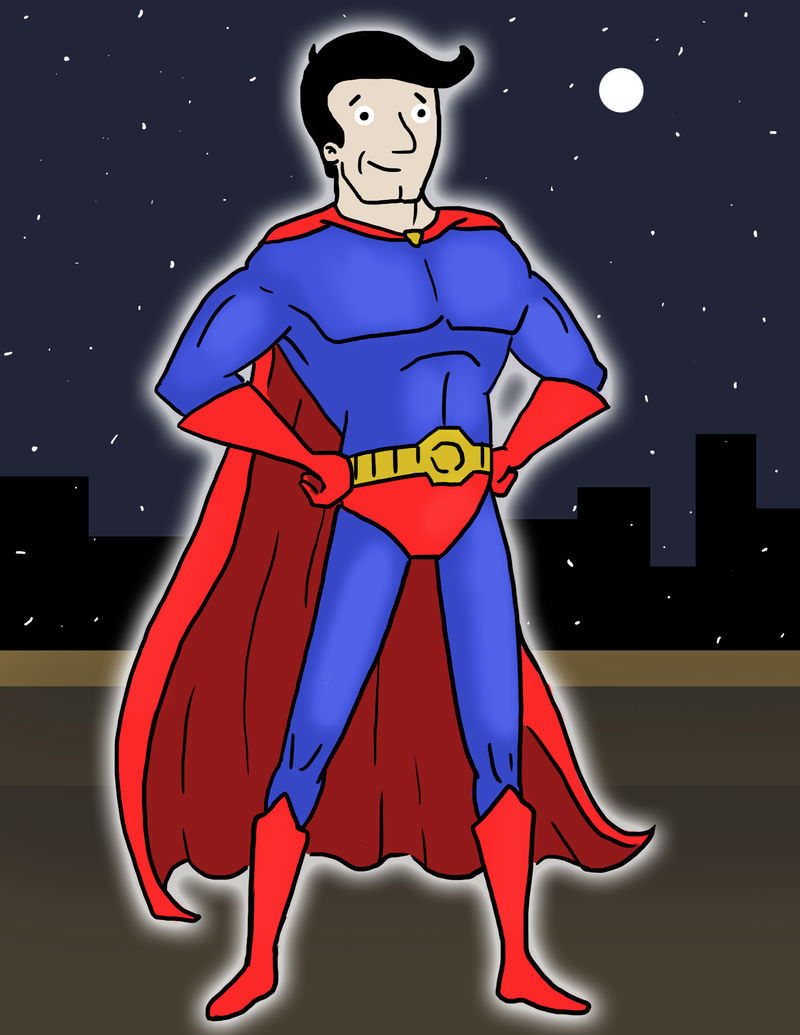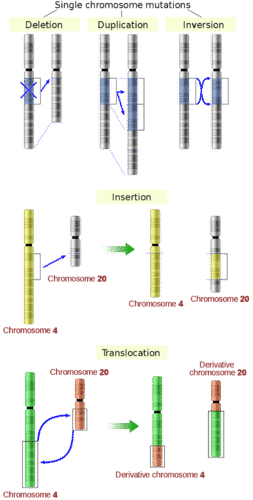3.1: Mutation
- Page ID
- 13345
\( \newcommand{\vecs}[1]{\overset { \scriptstyle \rightharpoonup} {\mathbf{#1}} } \)
\( \newcommand{\vecd}[1]{\overset{-\!-\!\rightharpoonup}{\vphantom{a}\smash {#1}}} \)
\( \newcommand{\id}{\mathrm{id}}\) \( \newcommand{\Span}{\mathrm{span}}\)
( \newcommand{\kernel}{\mathrm{null}\,}\) \( \newcommand{\range}{\mathrm{range}\,}\)
\( \newcommand{\RealPart}{\mathrm{Re}}\) \( \newcommand{\ImaginaryPart}{\mathrm{Im}}\)
\( \newcommand{\Argument}{\mathrm{Arg}}\) \( \newcommand{\norm}[1]{\| #1 \|}\)
\( \newcommand{\inner}[2]{\langle #1, #2 \rangle}\)
\( \newcommand{\Span}{\mathrm{span}}\)
\( \newcommand{\id}{\mathrm{id}}\)
\( \newcommand{\Span}{\mathrm{span}}\)
\( \newcommand{\kernel}{\mathrm{null}\,}\)
\( \newcommand{\range}{\mathrm{range}\,}\)
\( \newcommand{\RealPart}{\mathrm{Re}}\)
\( \newcommand{\ImaginaryPart}{\mathrm{Im}}\)
\( \newcommand{\Argument}{\mathrm{Arg}}\)
\( \newcommand{\norm}[1]{\| #1 \|}\)
\( \newcommand{\inner}[2]{\langle #1, #2 \rangle}\)
\( \newcommand{\Span}{\mathrm{span}}\) \( \newcommand{\AA}{\unicode[.8,0]{x212B}}\)
\( \newcommand{\vectorA}[1]{\vec{#1}} % arrow\)
\( \newcommand{\vectorAt}[1]{\vec{\text{#1}}} % arrow\)
\( \newcommand{\vectorB}[1]{\overset { \scriptstyle \rightharpoonup} {\mathbf{#1}} } \)
\( \newcommand{\vectorC}[1]{\textbf{#1}} \)
\( \newcommand{\vectorD}[1]{\overrightarrow{#1}} \)
\( \newcommand{\vectorDt}[1]{\overrightarrow{\text{#1}}} \)
\( \newcommand{\vectE}[1]{\overset{-\!-\!\rightharpoonup}{\vphantom{a}\smash{\mathbf {#1}}}} \)
\( \newcommand{\vecs}[1]{\overset { \scriptstyle \rightharpoonup} {\mathbf{#1}} } \)
\( \newcommand{\vecd}[1]{\overset{-\!-\!\rightharpoonup}{\vphantom{a}\smash {#1}}} \)
\(\newcommand{\avec}{\mathbf a}\) \(\newcommand{\bvec}{\mathbf b}\) \(\newcommand{\cvec}{\mathbf c}\) \(\newcommand{\dvec}{\mathbf d}\) \(\newcommand{\dtil}{\widetilde{\mathbf d}}\) \(\newcommand{\evec}{\mathbf e}\) \(\newcommand{\fvec}{\mathbf f}\) \(\newcommand{\nvec}{\mathbf n}\) \(\newcommand{\pvec}{\mathbf p}\) \(\newcommand{\qvec}{\mathbf q}\) \(\newcommand{\svec}{\mathbf s}\) \(\newcommand{\tvec}{\mathbf t}\) \(\newcommand{\uvec}{\mathbf u}\) \(\newcommand{\vvec}{\mathbf v}\) \(\newcommand{\wvec}{\mathbf w}\) \(\newcommand{\xvec}{\mathbf x}\) \(\newcommand{\yvec}{\mathbf y}\) \(\newcommand{\zvec}{\mathbf z}\) \(\newcommand{\rvec}{\mathbf r}\) \(\newcommand{\mvec}{\mathbf m}\) \(\newcommand{\zerovec}{\mathbf 0}\) \(\newcommand{\onevec}{\mathbf 1}\) \(\newcommand{\real}{\mathbb R}\) \(\newcommand{\twovec}[2]{\left[\begin{array}{r}#1 \\ #2 \end{array}\right]}\) \(\newcommand{\ctwovec}[2]{\left[\begin{array}{c}#1 \\ #2 \end{array}\right]}\) \(\newcommand{\threevec}[3]{\left[\begin{array}{r}#1 \\ #2 \\ #3 \end{array}\right]}\) \(\newcommand{\cthreevec}[3]{\left[\begin{array}{c}#1 \\ #2 \\ #3 \end{array}\right]}\) \(\newcommand{\fourvec}[4]{\left[\begin{array}{r}#1 \\ #2 \\ #3 \\ #4 \end{array}\right]}\) \(\newcommand{\cfourvec}[4]{\left[\begin{array}{c}#1 \\ #2 \\ #3 \\ #4 \end{array}\right]}\) \(\newcommand{\fivevec}[5]{\left[\begin{array}{r}#1 \\ #2 \\ #3 \\ #4 \\ #5 \\ \end{array}\right]}\) \(\newcommand{\cfivevec}[5]{\left[\begin{array}{c}#1 \\ #2 \\ #3 \\ #4 \\ #5 \\ \end{array}\right]}\) \(\newcommand{\mattwo}[4]{\left[\begin{array}{rr}#1 \amp #2 \\ #3 \amp #4 \\ \end{array}\right]}\) \(\newcommand{\laspan}[1]{\text{Span}\{#1\}}\) \(\newcommand{\bcal}{\cal B}\) \(\newcommand{\ccal}{\cal C}\) \(\newcommand{\scal}{\cal S}\) \(\newcommand{\wcal}{\cal W}\) \(\newcommand{\ecal}{\cal E}\) \(\newcommand{\coords}[2]{\left\{#1\right\}_{#2}}\) \(\newcommand{\gray}[1]{\color{gray}{#1}}\) \(\newcommand{\lgray}[1]{\color{lightgray}{#1}}\) \(\newcommand{\rank}{\operatorname{rank}}\) \(\newcommand{\row}{\text{Row}}\) \(\newcommand{\col}{\text{Col}}\) \(\renewcommand{\row}{\text{Row}}\) \(\newcommand{\nul}{\text{Nul}}\) \(\newcommand{\var}{\text{Var}}\) \(\newcommand{\corr}{\text{corr}}\) \(\newcommand{\len}[1]{\left|#1\right|}\) \(\newcommand{\bbar}{\overline{\bvec}}\) \(\newcommand{\bhat}{\widehat{\bvec}}\) \(\newcommand{\bperp}{\bvec^\perp}\) \(\newcommand{\xhat}{\widehat{\xvec}}\) \(\newcommand{\vhat}{\widehat{\vvec}}\) \(\newcommand{\uhat}{\widehat{\uvec}}\) \(\newcommand{\what}{\widehat{\wvec}}\) \(\newcommand{\Sighat}{\widehat{\Sigma}}\) \(\newcommand{\lt}{<}\) \(\newcommand{\gt}{>}\) \(\newcommand{\amp}{&}\) \(\definecolor{fillinmathshade}{gray}{0.9}\)
Would a mutation make you a superhero?
In the comic books, a mutation can give a person superpowers. Do you think this really happens? In real life, a mutation can be beneficial, or it can harm an organism. For example, beneficial mutations lead to evolution, and harmful mutations can lead to diseases like cancer. A mutation, however, is not going to turn you into a superhero!
Mutations
The process of DNA replication is not always 100% accurate. Sometimes the wrong base is inserted in the new strand of DNA. This wrong base could become permanent. A permanent change in the sequence of DNA is known as a mutation. Small changes in the DNA sequence are usually point mutations, which is a change in a single nucleotide. Once DNA has a mutation, that mutation will be copied each time the DNA replicates. After cell division, each resulting cell will carry the mutation.
A mutation may have no effect. However, sometimes a mutation can cause a protein to be made incorrectly. A defect in the protein can affect how well the protein works, or whether it works at all. Usually the loss of a protein function is detrimental to the organism.
In rare circumstances, though, the mutation can be beneficial. Mutations are a mechanism for how species evolve. For example, suppose a mutation in an animal’s DNA causes the loss of an enzyme that makes a dark pigment in the animal’s skin. If the population of animals has moved to a light colored environment, the animals with the mutant gene would have a lighter skin color and be better camouflaged. So in this case, the mutation is beneficial.
Point Mutations
If a single base is deleted (called a deletion, which is also a point mutation), there can be huge effects on the organism, because this may cause a frameshift mutation. Remember that the bases in the mRNA are read in groups of three by the tRNA. If the reading frame is off by even one base, the resulting sequence will consist of an entirely different set of codons.
The reading of an mRNA is like reading three-letter words of a sentence. Imagine the sentence: “The big dog ate the red cat.” If you take out the second letter from "big," the frame will be shifted so now it will read: “The bgd oga tet her edc at.” One single deletion makes the whole “sentence” impossible to read. A point mutation that adds a base (known as an insertion) would also result in a frameshift.
Chromosomal Mutations
Mutations may also occur in chromosomes (Figure below). These mutations are going to be fairly large mutations, possible affecting many genes. Possible types of mutations in chromosomes include:
- Deletion: When a segment of DNA is lost, so there is a missing segment in the chromosome. These usually result in many genes missing from the chromosome.
- Duplication: When a segment of DNA is repeated, creating a longer chromosome. These usually result in multiple copies of genes in the chromosome.
- Inversion: When a segment of DNA is flipped and then reattached to the same chromosome.
- Insertion: When a segment of DNA from one chromosome is added to another, unrelated chromosome.
- Translocation: When two segments from different chromosomes change positions.

Causes of Mutations
Many mutations are not caused by errors in replication. Mutations can happen spontaneously, and they can be caused by mutagens in the environment. Some chemicals, such as those found in tobacco smoke, can be mutagens. Sometimes mutagens can also cause cancer. Tobacco smoke, for example, is often linked to lung cancer.
Summary
- A mutation is a permanent change in the sequence of bases in DNA.
- Mutations occur in the DNA through deletion, duplication, inversion, insertion, and translocation within the chromosome.
- Mutations can occur due to errors during DNA replication or by mutagens in the environment.
Explore More
Use the resource below to answer the questions that follow.
- Types of Mutations - Understanding Evolution at evolution.berkeley.edu/evolibrary/article/mutations_03
- What is an example of a genetic disorder caused by a substitution mutation?
- How can a substitution mutation change a protein?
- Explain a frameshift mutation.
- What can cause a frameshift mutation?
Review
- Are mutations typically beneficial to the organism?
- What can cause DNA to mutate?
- What is a frameshift mutation?
- Describe two types of chromosomal mutations.

